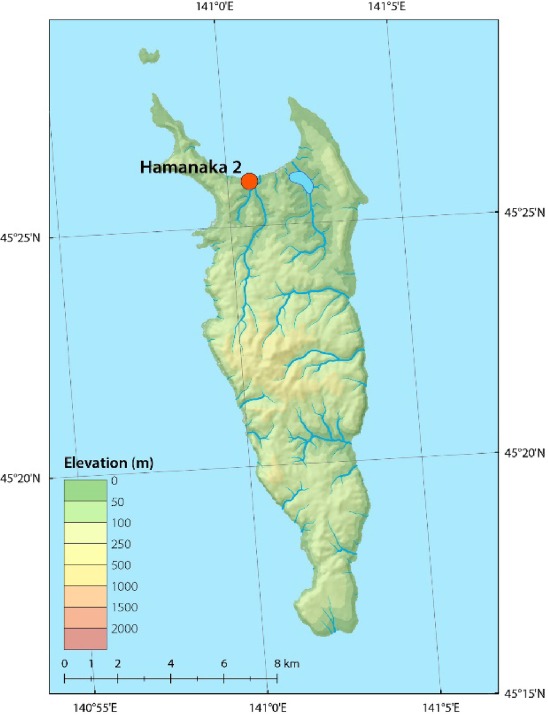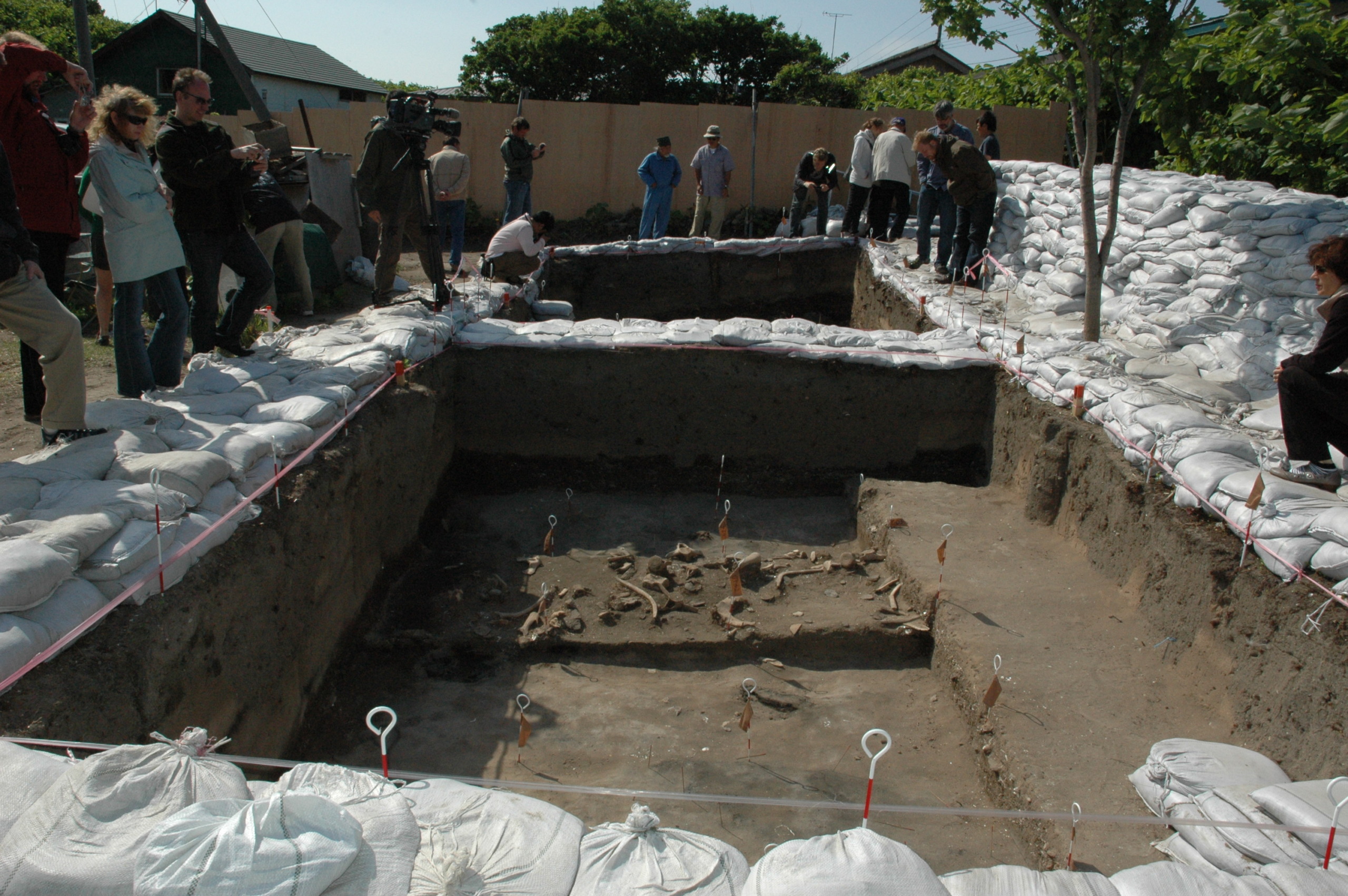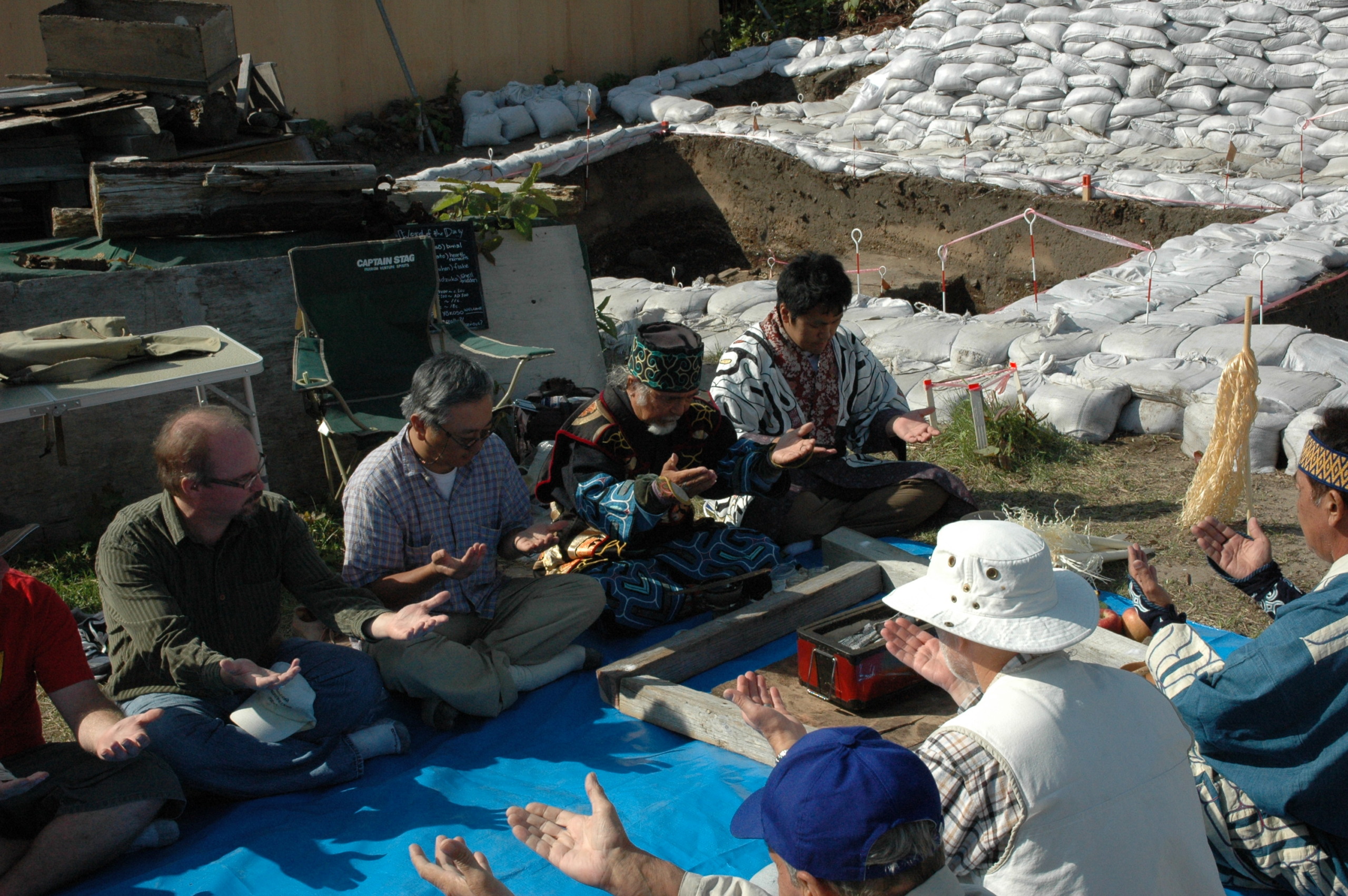Baikal Archaeology Project
Overview
The overarching goal of the Baikal Archaeology Project (BAP) is to explore the processes of culture change among prehistoric boreal forest hunter-gatherers of the Cis-Baikal region of Siberia. Despite the fact that such frequently invoked “prime movers” as large scale climate change or farmer encroachment are not applicable to the Cis-Baikal, current research suggests that between 9000 and 3000 years BP there were some significant cultural transitions. During that time, the Baikal area was successively inhabited by two major archaeological cultures, the Kitoi and the Serovo-Glazkovo. These to cultures appear to have differed substantially from each other in such important areas as subsistence, diet, mobility, health status and demography.
The Baikal Archaeology Project (BAP) employed a multidisciplinary approach to studying Middle Holocene (Neolithic and Bronze Age) hunter-gatherers of the Cis-Baikal region in Siberia in an effort to better understand past hunter-gatherer life ways and boreal forest adaptations.
Initial Excavations
asdfiaosdfas;u ufdsaou oiadsfouapsduf
BAP Team Excavations
dasfoipi sdafasoidf’ads oisd’fasdfdasop

Map of the Cis-Baikal Region with Archaeological Sites

Map of Archaeological Sites in the Little Sea Region of Lake Baikal
Genetic Analysis
dsgdisofoadsud sdfiopasidpfoaisp
Lake Baikal Conference 2007
As part of the joint Russian-Canadian-American research efforts, the BAP team, its collaborators and affiliated researchers held a project conference at Lake Baikal and explore the surrounding area to better understand the archaeology and history of the area.

Dr. Andrzej Weber explaining the structure and orientation of a Neolithic burial mound on Lake Baikal shoreline.
Photo credit: T.G. Schurr

Examining an Iron Age Burial along Lake Baikal Shore
Photo credit: T.G. Schurr
In this project, we employed a multidisciplinary approach to studying Middle Holocene (Neolithic and Bronze Age) hunter-gatherers of the Cis-Baikal region in Siberia in an effort to better understand past hunter-gatherer life ways and boreal forest adaptations.

Shamanskiy Mys site on Ol’khon Island
Excavations yielded burials on the stony projections thought to represent shamans and/or important personages. Photo credit: T.G. Schurr.

Sacred Location on Ol’khon Island
Buryats and other indigenous persons visiting the island add prayer flags to this post and make small offerings to the spirit of the lake. Photo credit: T.G. Schurr.
Hokkaido
As part of second major phase of the project, the BAP team undertook a comparative analysis of Cis-Baikal Siberians with Neolithic populations of northern Japan on Hokkaido Island.

Location of Rebun Island in northern Hokkaido, Japan

Location of the Hamanaka 2 site on Rebun Island

The Hamanaka 2 archaeological site on Rebun Island
Photo credit: T.G. Schurr

Ainu Blessing of the Hamanaka 2 Archaeological Site on Rebun Island
As part of the engagement with the descendant communities of the Neolithic peoples of Hokkaido, Ainu priests conducted a blessing ceremony at this site with BAP researchers and Japanese collaborators in summer 2011. Photo credit: Andrea Hiob.
Funding
The research described here was supported by funds from Social Sciences and Humanities Research Council of Canada (Grant Nos. 410-96-0353, 410-2000-0479, 412-2000-1000, and 412-2005-1004), the Canadian Circumpolar Institute, and the May and Stanley Smith Charitable Trust (Andrzej Weber); the National Science Foundation (DDRIG BCS-0726623), the National Geographic Society, the University of Pennsylvania and the College Alumni Fund at the University of Pennsylvania. (T.G. Schurr); and Irkutsk State University in Russia (Olga Goriunova and Vladimir Bazaliiskii).
Publications
Weber A, Bettinger R, Anderson D, Bamforth F, Bush A, Katzenberg MA, Schurr T. 2004. The Neolithic and Bronze Age of the Cis-Baikal: some theoretical and methodological considerations. Vestnik IGTU 4(20): 10-19 [in Russian]. Link
Mooder KP, Weber AW, Bamforth FJ, Lieverse AR, Schurr TG, Bazaliiskii VI, Savel’ev NA. 2005. Matrilineal affinities and prehistoric Siberian mortuary practices: A case study from Neolithic Lake Baikal. J Archeol Sci 32: 619-634. Link
Mooder KP, Schurr TG, Bamforth FJ, Bazaliiskii V, Savel’ev NA. 2006. Population affinities of Neolithic Siberians: A snapshot from prehistoric Lake Baikal. Am J Phys Anthropol 129: 349-361. Link
Weber AW, Katzenberg MA, Schurr TG, editors. 2010. Prehistoric Hunter-Gatherers of the Baikal Region, Siberia: Bioarchaeological Studies of Past Lifeways. Philadelphia: University of Pennsylvania Press. Link
Schurr TG, Osipova LP, Zhadanov SI, Dulik MC. 2010. Genetic diversity in native Siberian populations: Implications for the prehistoric settlement of the Cis-Baikal. In: Weber A, Katzenberg MA, Schurr TG, editors. Prehistoric Hunter-Gatherers of the Baikal Region, Siberia: Bioarchaeological Studies of Past Lifeways. Philadelphia: University of Pennsylvania Press, pp. 121-134. Link
More Information
For a fuller description of BAP research and publications, please go to the home page for the project: https://baikalproject.artsrn.ualberta.ca/
Laboratory of Molecular Anthropology
University of Pennsylvania
421 University Museum
3260 South Street
Philadelphia, PA 19104-6398, USA
Tel: 215-573-2656

FOLOW US:
